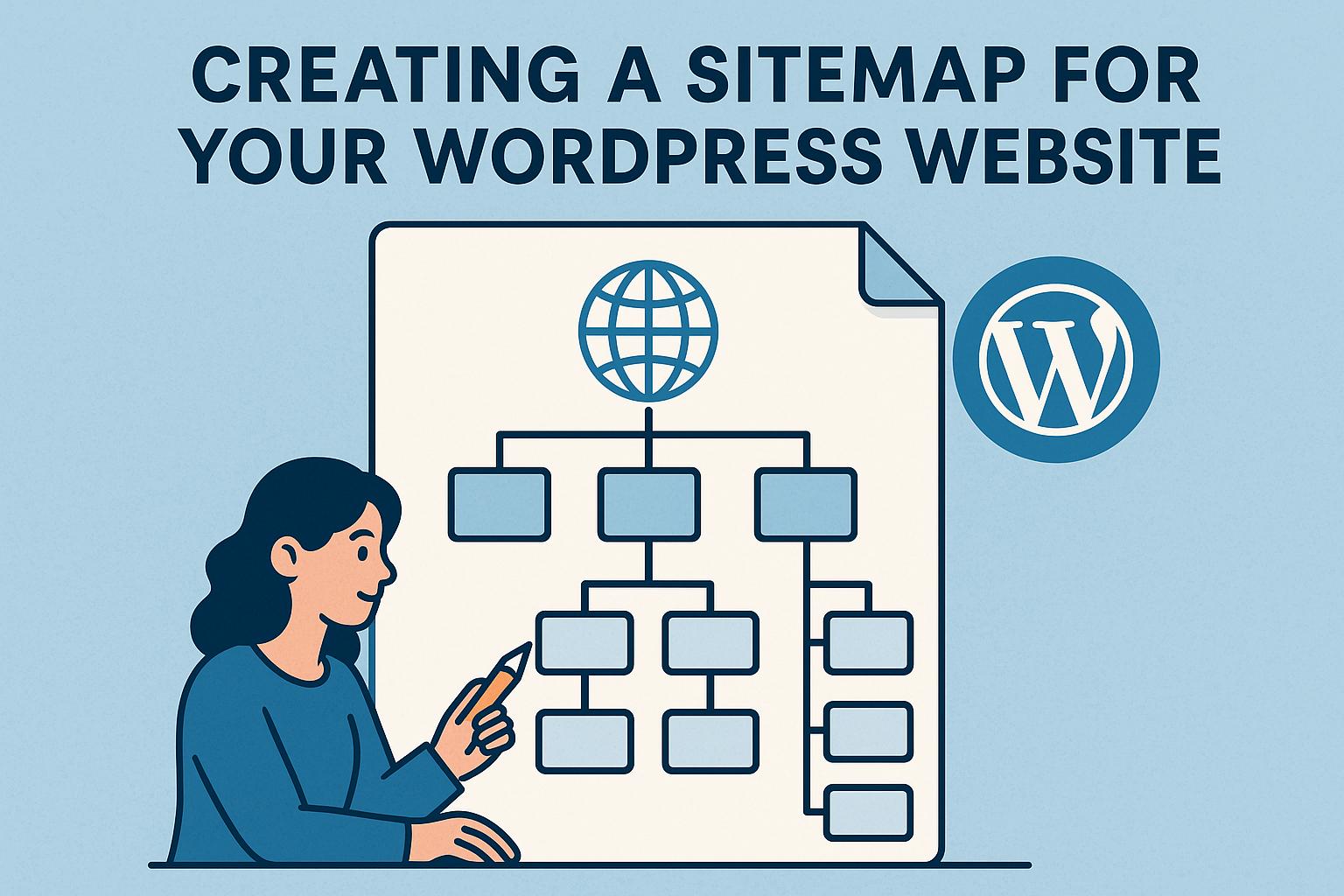Introduction to Sitemaps
A sitemap is an essential tool for any website, including WordPress websites. It allows search engines like Google to efficiently crawl and index your site. A well-structured sitemap enhances your website’s visibility, potentially improving SEO performance. In this article, we will delve deeper into the intricacies of sitemaps, exploring their types, significance, and implementation.
Understanding the Types of Sitemaps
There are primarily two types of sitemaps: XML and HTML sitemaps. These serve different audiences and functions:
XML Sitemaps: An XML sitemap is primarily designed for search engines. This type of sitemap provides a comprehensive list of URLs on your site along with metadata such as the last modified dates and the priority of the pages. By providing detailed information to search engines about the structure and update frequency, XML sitemaps facilitate more efficient crawling. They help search engines not only locate content but also understand its importance relative to other pages on the site.
HTML Sitemaps: In contrast, an HTML sitemap is created for human visitors. This version offers an organized overview of your site’s architecture, aiding users in navigation. By listing the pages of a website in a structured format, HTML sitemaps help users find specific information quickly, thus improving user experience. Although they do not directly impact search engine crawling, they play an auxiliary role in guiding users through your site.
These two types of sitemaps complement each other, ensuring comprehensive coverage of both search engine and visitor needs.
Why a Sitemap is Important for SEO
Sitemaps contribute significantly to search engine optimization (SEO) efforts for various reasons. By enlightening search engines about your website’s layout, sitemaps ensure that every significant page is eligible for indexing. This is particularly advantageous under specific circumstances, such as:
– **Large Websites with Numerous Pages:** Complex sites with extensive content need a systematic approach to help search engines discover all available URLs efficiently.
– **Websites with Isolated Pages:** Pages lacking sufficient internal links may become orphaned and difficult for search engines to find. XML sitemaps provide a direct path to these isolated pages, enhancing their chances of being indexed.
– **New Websites:** New sites often struggle due to the paucity of external links directing search engines to their pages. Sitemaps compensate for this lack of links by offering a direct resource for indexing.
By improving a site’s discoverability and crawlability, sitemaps contribute to enhancing its overall SEO health.
Creating an XML Sitemap in WordPress
For WordPress users, creating an XML sitemap is straightforward. WordPress does not generate sitemaps by default, so additional tools are needed. Fortunately, several plugins can fulfill this role, with popular choices being Yoast SEO and Google XML Sitemaps. These plugins automatically generate and manage XML sitemaps, simplifying the process for site owners.
To set up one of these plugins, follow these steps:
1. **Navigate to the Plugin Directory:** Go to your WordPress dashboard and click on Plugins > Add New.
2. **Search and Install:** Enter the plugin name in the search bar. Once you find the correct plugin, click on Install Now.
3. **Activate and Configure:** Activate the plugin and follow any setup instructions provided to generate your sitemap.
After configuring the plugin, ensure your sitemap is accessible, usually at yourdomain.com/sitemap.xml. Although most quality plugins will automatically submit your sitemap to search engines, it’s wise to verify the submission status using the Google Search Console. This step ensures that your site’s URLs are duly submitted and eligible for indexing, thus optimizing search engine visibility.
Adding an HTML Sitemap
While XML sitemaps are integral for search engines, HTML sitemaps should not be overlooked in the overall strategy. These can also be instituted using WordPress plugins like WP Sitemap Page and Simple Sitemap. HTML sitemaps can be displayed using shortcodes, making it easy to integrate them into your site’s content.
To set up an HTML sitemap, adhere to the following guide:
1. **Plugin Installation:** First, install and activate your chosen HTML sitemap plugin.
2. **Page Creation:** Navigate to Pages > Add New in your dashboard.
3. **Shortcode Placement:** Add the respective shortcode needed to display the sitemap.
4. **Page Visibility:** Publish the page and link it from key areas of your website, such as the main navigation or footer. This ensures easy access for site visitors.
Complex sites benefit from having both types of sitemaps. While XML sitemaps ensure search engines can accurately crawl and index your site, HTML sitemaps enhance navigation for human users. By offering both, you optimize your WordPress website for both search engines and users, improving the overall user experience and SEO simultaneously.
In conclusion, sitemaps are invaluable assets in the digital landscape. They act as navigational aids that improve site performance, discoverability, and user satisfaction. Properly implementing both XML and HTML sitemaps will formulate a robust SEO strategy and empower your WordPress website to reach its full potential.
